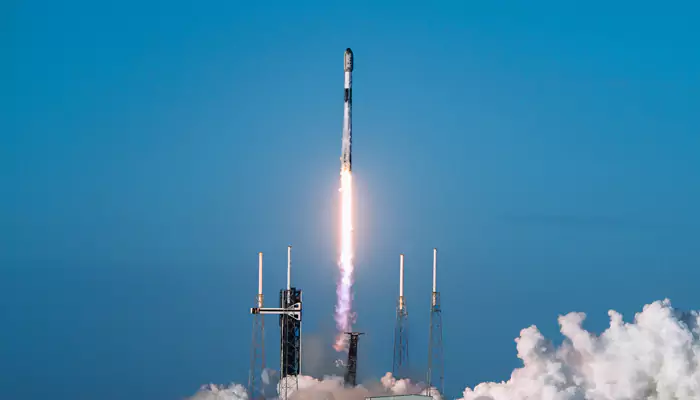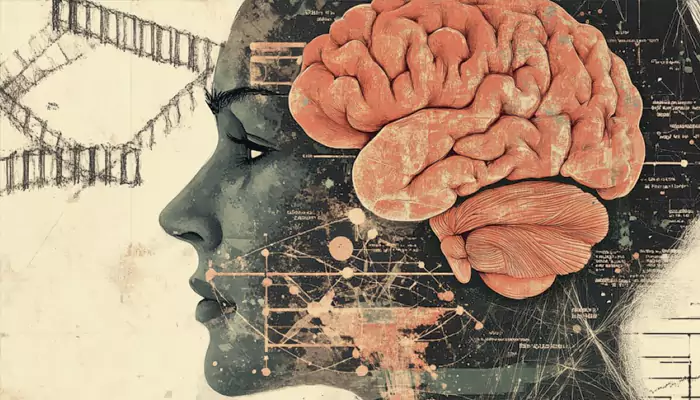
Here are today’s most important updates from the realm of Science and Space.
During extended stay, NASA astronaut Sunita Williams is performing her scientific duties aboard the International Space Station (ISS). The astronaut is focusing on groundbreaking research into DNA-like nanomaterials with fellow astronaut Nick Hague. Many experts believe that it could revolutionise medical treatments both in space and on Earth. The duo worked in the Kibo laboratory module's Life Science Glovebox, processing and imaging messenger RNA (mRNA) samples with an aim to examine the quality of space-manufactured nanomaterials compared to those produced on Earth. This experiment is part of a broader initiative to explore the potential benefits of space-based manufacturing for medical advancements.
Mars: Dry Ice and Dunes. Mars Reconnaissance Orbiter captures the springtime thaw of seasonal carbon dioxide ice on Mars.
— Space Explorer Mike (@MichaelGalanin) May 9, 2021
© NASA/JPL-Caltechhttps://t.co/LxSa5Am2wo
Credit - X/@MichaelGalani
Scientists at the University of British Columbia (UBC) have found a unique way to generate power on Mars in the future using thermoelectric generators. The Martian atmosphere comprises 95 per cent carbon dioxide. The study concluded that temperature differentials in different environments can help convert CO2 to different types of useful fuels and chemicals. “This paper shows a fun way to make carbon-neutral fuels and chemicals,” Professor Curtis P. Berlinguette, principal investigator at UBC, said. “It can help create plastic that might be needed on Mars one day, and this technology shows one way we can make it there," he added.
“This is a harsh environment where large temperature differences could be leveraged to not only generate power with thermoelectric generators but to convert the abundant CO2 in Mars’ atmosphere into useful products that could supply a colony.”said Dr Abhishek Soni, the first author of the study.

SpaceX successfully launched its second set of Starlink satellites on November 14 in an incredible display of efficiency. At 8:21 am EST, a Falcon 9 rocket carrying 24 Starlink satellites were launched from Florida's Cape Canaveral Space Force Station after a morning launch from Vandenberg Space Force Base in California. Meanwhile, SpaceX Starlink satellite constellation committed to provide high-speed internet to remote and underserved areas around the world. These 24 satellites will join the constellation of more than 6,560 active satellites. Mission control of the global internet by SpaceX is slowly within reach with time.

Scientists at New York University (NYU) made a groundbreaking discovery that memory creation occurs in cells other than the brain. The long-held belief that memories are only retained in brain cells. The study confirmed that the ability of our body to "remember" extends beyond the brain, with each cell possibly having the power to adjust in response to past events. These non-brain human cells with capabilities of storing memory are nerve tissue and kidney tissue. Treatments for memory-related disorders and learning strategies may be significantly impacted by this study.